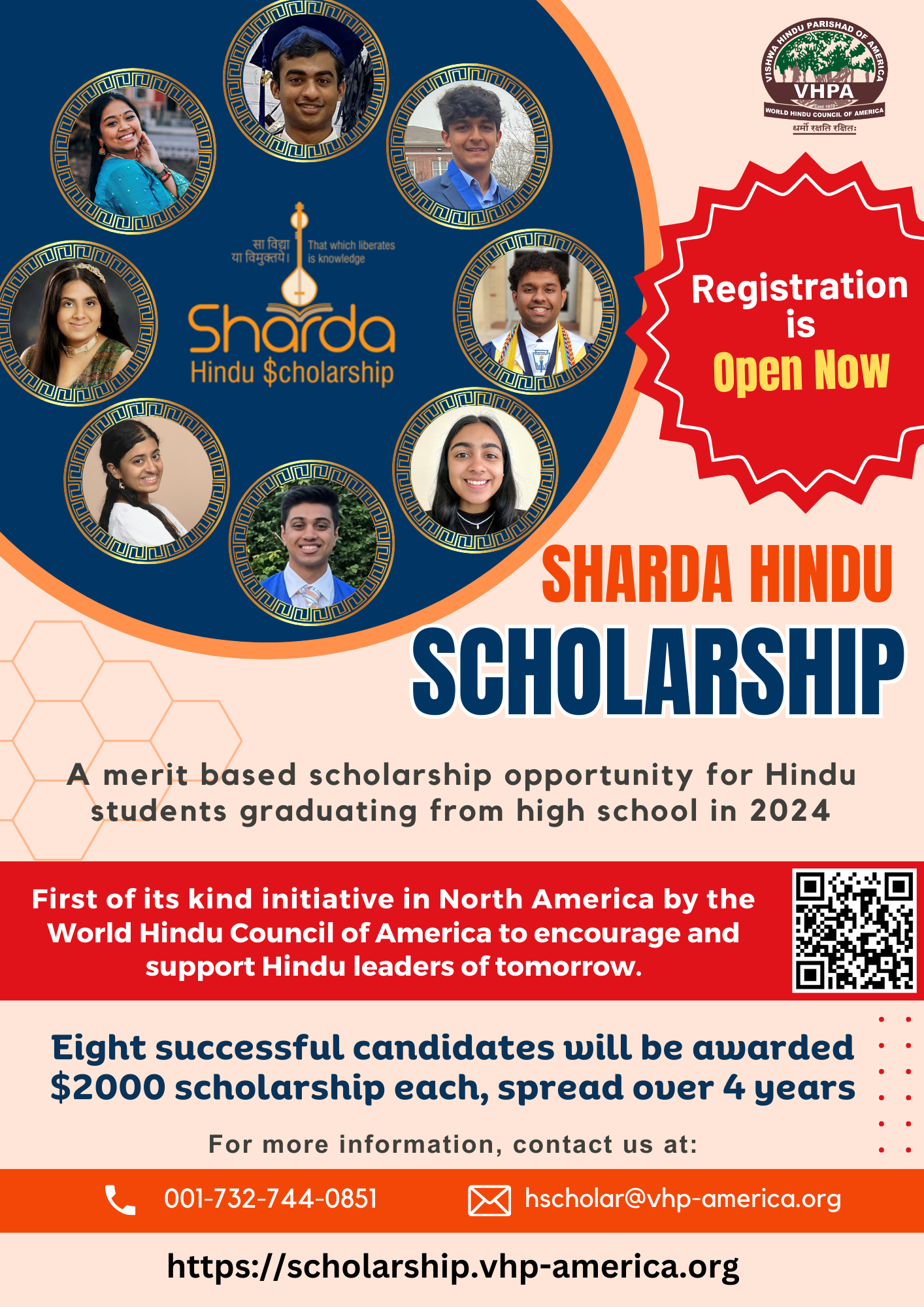What is Hindu advocacy?
Hindu advocacy is an important tool for justice that seeks to ensure that our voices are heard on issues that are important to us, to protect and promote our rights, and to have our views and wishes genuinely considered when decisions are being made which affect our lives.
Advocacy involves interaction and dialogue with legislators (at the local, state and federal levels), policy makers, business leaders, other faith leaders, and social leaders to help them correctly understand our beliefs, values, culture, way of worship, festivals, concerns and contributions to the nation in which we live. Countering false, malicious and hateful propaganda against us by presenting the truth and without denigrating the adversary is integral to Hindu advocacy and to our core values.
Advocacy is not partisan politics. In fact, dialogue with politicians on a bipartisan basis is an integral part of advocacy. There is an American saying, “the squeaky wheel gets the grease.” Advocacy is that “squeak”. It is an effective tool for correcting social injustices and making systems better for all.
Two examples of massive and systemic injustices that have historically existed in American civil society are the legally sanctioned denial of right to vote for women and brutal racial discrimination. Through passionate advocacy, albeit a long and arduous journey, both injustices were corrected
It is incumbent upon everyone to look beyond self-interest and understand that unless there is a just environment for the entire Hindu community, individual interests will not be protected no matter how wealthy and well connected the individual may be. Also, without widespread community support and continuous effort, no advocacy will be effective. This is something we should learn from the Jewish and Muslim communities.
Why is Hindu advocacy needed?
In an environment of increasing hate against Hindus in academia and in the public square, advocacy is the core to the future of Hindu destiny in America.
Over the past decade, there have been growing efforts to target American Hindus through the use of colonial tropes and current hate narratives that emerge from American socio-political fault lines. As colonial Hindu phobic tropes and “caste” are being institutionalized into the educational discourse and workplace ethics, Hindu Americans are being singled out for discrimination and cancellation. Well organized and well-funded groups like Council for American Islamic Relations (CAIR), Indian American Muslim Council (IAMC), Equality Labs, Hindus for Human Rights (H4HR) and Islamic Circle of North America (ICNA), with allegiances to geopolitical actors in Qatar, Turkey and Pakistan are playing a key role in amplifying these hate campaigns. They not only find intersectional allies in the American neo-Left, but also amongst powerful right wing Church groups. Overall, a perfect storm of targeted hate, spanning the entire spectrum of ideologies. The combined effect of these anti-Hindu hate campaigns is causing dehumanization of Hindus in the American public square and the campus environment, both of which are spaces that attract Hindu diaspora communities to the US, in the first place.
What is even more alarming is that there is a growing perception that the Hindu temples and religious institutions are unable or unwilling to take on this problem head-on. If this perception continues to grow, the future generations will lose confidence in their temples and institutions as avenues of redressal of the socio-political threats they face. From there onwards, the temples will slowly fade away into irrelevance, as mere symbols of ceremonial mores.
Role of Hindu temples in Hindu advocacy
Historically, Hindu temples were the center for community activities, not just religious rituals.
One example of the temple’s role in the Hindu community is the establishment of the successful Vijayanagar Empire in the 14th century. Harihara Raya I and Bukka Raya I were two brothers in the service of the
Kampili chief. After Kampili fell to Muslim invaders, they were taken to Delhi and converted to Islam. They were then sent back to Kampili as the Delhi sultanate’s vassals. After gaining power in the region, they contacted Vidyaranya, the 12th Jagadguru of the Sringeru Sharada Peetham, and did a homecoming to the Hindu dharma.
After a massive defeat of the Hindu kings in the South by Delhi sultanate, Shri Jagadguru ji inspired the Raya brothers to establish the Vijayanagar Empire around 1336 to protect and preserve Hindu dharma. He worked as the patron saint, political, social, and spiritual guide to Raya brothers and the first three kings of the empire. The Vijayanagar Empire stood strong for the next 350 years and defended Hindu society and dharma in that region.
Hindu temples or ashrams are natural draws for the devotees. Any newcomer Hindu feels at home in the temples. Devotees share their joy and good news – a new home, job, marriage, new baby, new car etc. – by doing pooja in the temple. Also, during sad times like death in the family, devotees look to the temple for support and guidance. The temple’s role should not be limited to being a place just for pooja and food. We should learn from our history and make the temple the center for all activities whether it be learning Hindu dharma, doing sewa such as helping not only our community members but the whole society in times of need, and conducting Hindu advocacy.
The temple is an icon of dharma. When dharma is in crisis or is being attacked, the temple has the responsibility to stand as a shield of armor to save it and its devotees. Dharma has four pillars: sewa, spirituality, rituals/pooja and social awareness. The temple must fulfill them all. To quote from our revered
Mahābhārata, “Dharmo rakshati rakshitah; Dharma protects those who protect it.”


![[ India Today ] Ohio senator JD Vance thanks wife, a Hindu, for helping him find Christian faith](https://hinduvishwa.org/wp-content/uploads/2024/06/us-senator-jd-vance-reveals-how-his-hindu-wife-usha-helped-him-find-his-christian-faith-image-re-272530504-16x9_0-120x86.webp)










